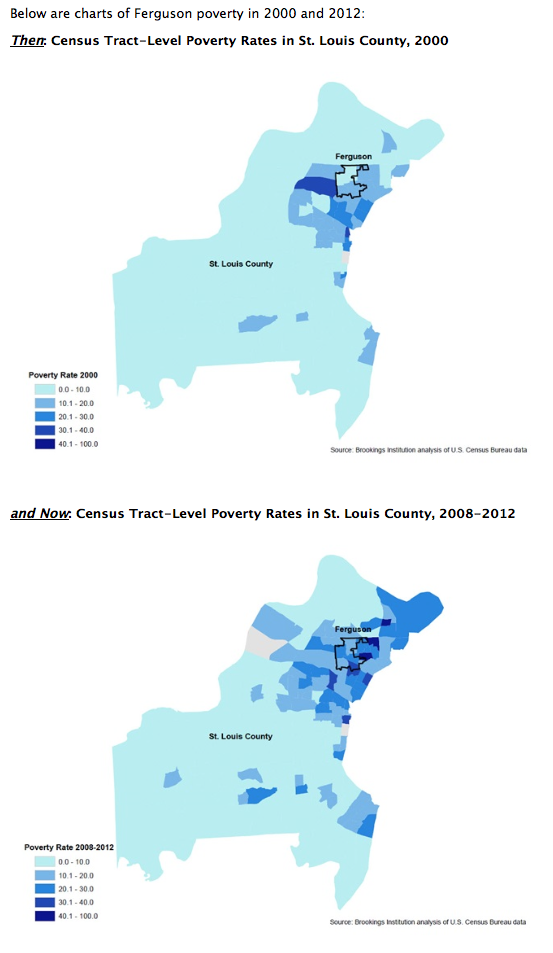Stuff Black People Don’t Like
March 10, 2015
Remember when President Barack Obama secretly met with Ferguson protesters in the White House on November 5, 2014, telling them to “stay the course?” If you forgot, that’s aright: it was buried in paragraph 21 of a story published at The New York Times.
When President Obama spoke these words, was he aware Officer Darren Wilson had done nothing wrong, instead blinded by his racial loyalty and sense of animosity toward a civilization he can never belong too?
Truth never mattered in the situation in Ferguson.

Only the “Endgame” matters: “If you believe in the System, you end up like Darren Wilson.”
Which is why this sentence from the November 5, 1990 issue of People (Vol. 34, No. 18) is so important in helping to describe the kind of community existing in the-then 74 percent white city of Ferguson. Telling the story of the black East St. Louis High School football coach who had built a winning team at a 100 percent school, People lets slip he lived in the “a tranquil suburban neighborhood in nearby Ferguson.” [Amid the Symbols of a City’s Decay, An Illinois High School Coach Teaches Kids the Secrets of Winning—and Pride, People, 11-5-1990]:
[Bob] Shannon and his wife, Jeanette, 42, an elementary school teacher who also works in East St. Louis, commute from a tranquil suburban neighborhood in nearby Ferguson, Mo.
People is describing the community of 74 percent white Ferguson in 1990; only a sadist would describe now 70 percent black Ferguson as “tranquil.”
But the question is what happened to Ferguson? Why the dramatic racial transformation from a “tranquil” white suburb into just another failing majority black city?
Section 8 Vouchers. [Charting Poverty In Ferguson: Then And Now, ZeroHedge.com, 8-17-14]:
Ferguson has been home to dramatic economic changes in recent years. The city’s unemployment rate rose from less than 5 percent in 2000 to over 13 percent in 2010-12. For those residents who were employed, inflation-adjusted average earnings fell by one-third. The number of households using federal Housing Choice Vouchers climbed from roughly 300 in 2000 to more than 800 by the end of the decade.
Remember the Maine?
The sinking of the Lusitania?
The Gulf of Tonkin Incident?
Pearl Harbor?
All were allowed to occur, because the event themselves allowed other plans to finally come to fruition.
What happened in Ferguson could have happened in hundreds, perhaps thousands of cities across America.
If, as Eric Holder asserts, there was a “powder keg” in 70 percent black Ferguson, it’s because the government gladly provided the ingredients ensuring it would one day ignite.
From a “tranquil” suburb attracting a nationally-beloved black football coach (to raise his family in when the city was heavily white) to the Ferguson of today, there’s only one way to describe what happened. [Feds Lynching Ferguson—But First They Fouled It Up, With Section 8 Housing, VDare.com, 3-8-15]:
President Barack Obama celebrated the Civil Rights Movement in Selma on Saturday by saying “abuse and disregard of citizens” in Ferguson could potentially inspire a new movement [Selma civil rights milestone marked by first black president, by Jay Reeves and Darlene Superville, AP, March 7, 2015] He’s right—but not in the way he thinks. The current reality of Ferguson, Missouri is the result of deliberate government policy and the resulting destruction ofsocial capital and property values.
Nothing our federal government has ever done has arguably been so destructive to its own people than the imposing of “Section 8 housing”—the low-income housing subsidy program dating back to Lyndon B. Johnson’s catastrophic Great Society—on formerly prosperous and safe communities.
Protect property rights and ultimately property values is a fundamental obligation of government. Without secure private property, governments can’t raise tax revenue to pay for public services, not attract businesses and sustain stable families that have a stake in the success of the community. When property rights and property values are seen as insecure, any community will enter a death spiral.
This is precisely what happened in Ferguson. In his savage and dishonest attack on the Ferguson police force, Eric “My People” Holder actually said that the collapse of social capital in the city was what might be called the root cause of the political explosion:
“Of course, violence is never justified. But seen in this context — amid a highly toxic environment, defined by mistrust and resentment, stoked by years of bad feelings, and spurred by illegal and misguided practices — it is not difficult to imagine how a single tragic incident set off the city of Ferguson, like a powder keg.” [Holder says years of mistrust turned Ferguson into ‘powder keg’, by Chuck Raash St. Louis Post-Dispatch, March 5, 2015]
But why did this “powder keg” exist in Ferguson? Ferguson was once seen as an exemplar of racial harmony and a model community.
Read the rest at VDare.com. Comment on it here.
Share it everywhere.
 Daily Stormer The Most Censored Publication in History
Daily Stormer The Most Censored Publication in History


